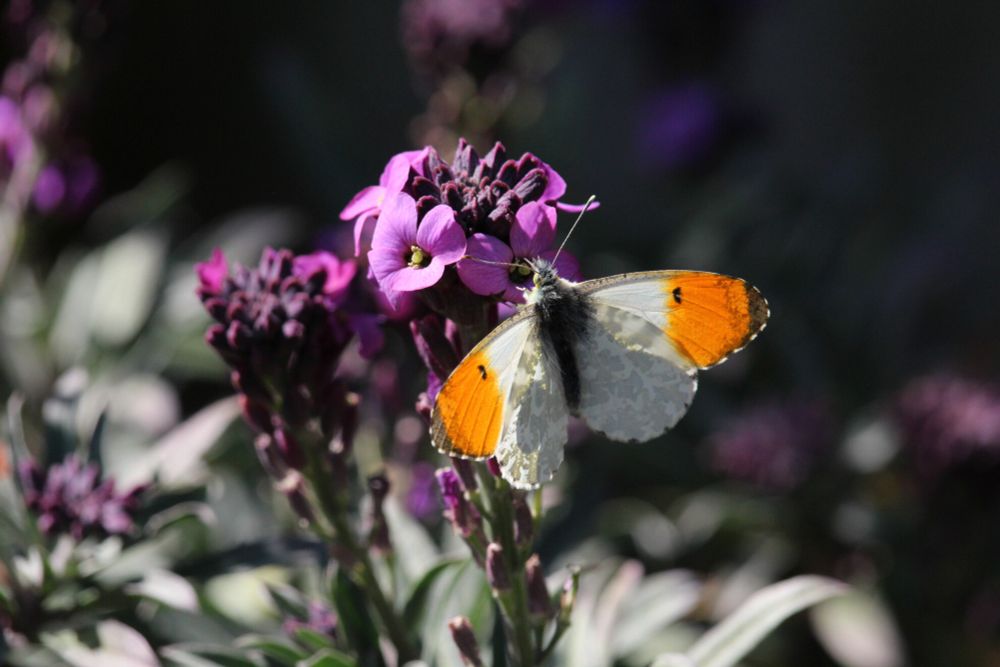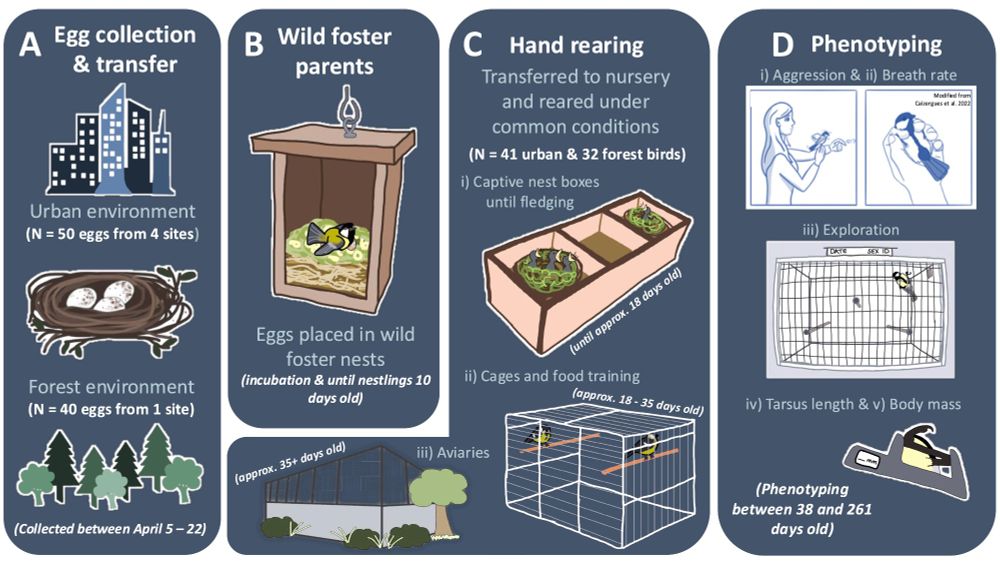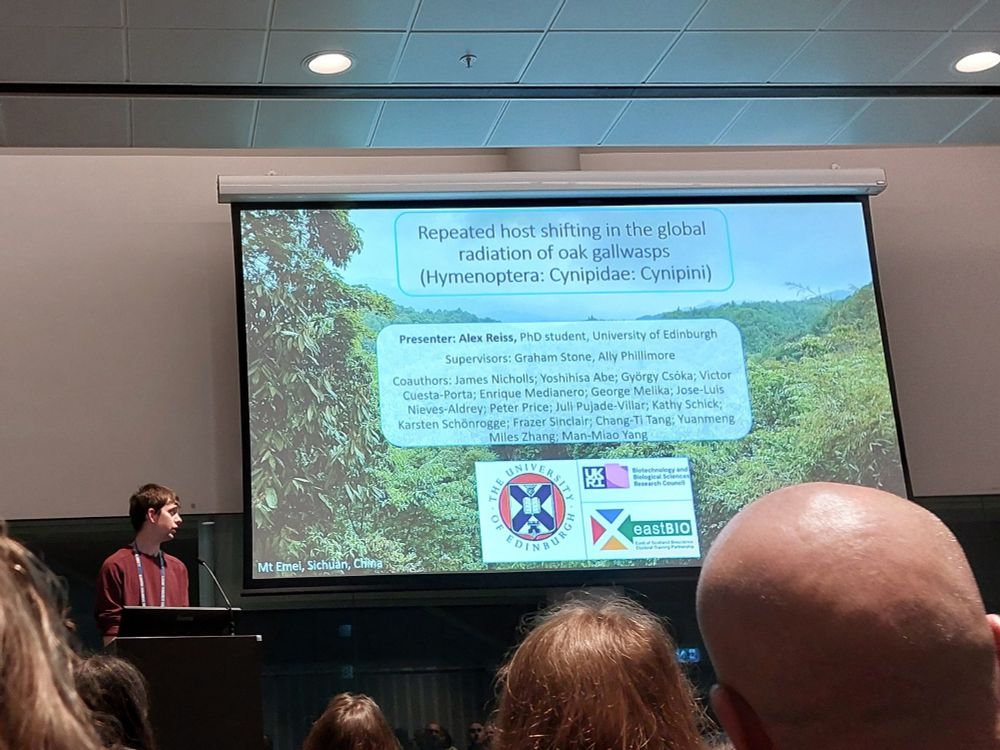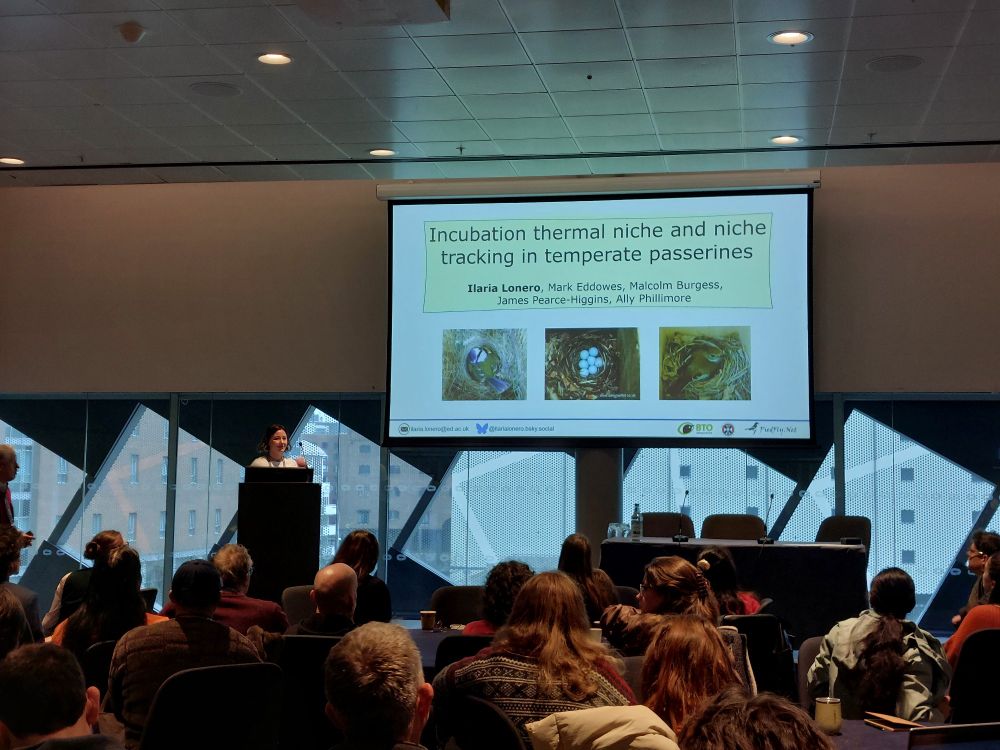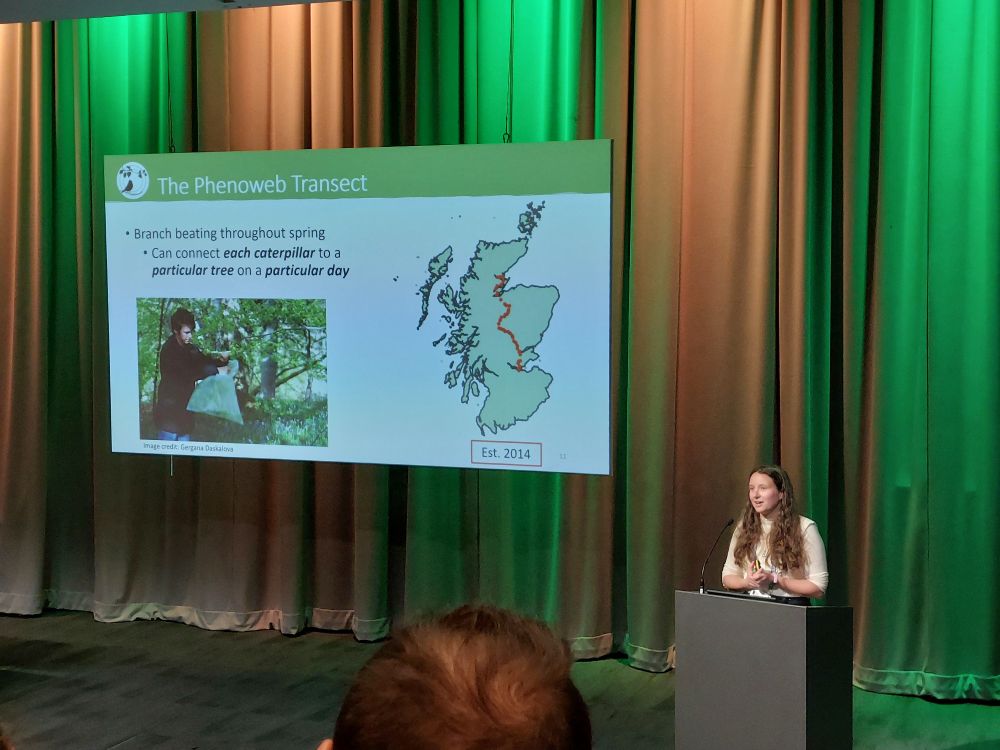Rebecca Lovell
@rebeccalovell.bsky.social
120 followers
160 following
9 posts
Quantitative evolutionary ecologist 👩💻🐦🦋🌿 Currently a Postdoc at the University of Aberdeen (she/her)
Posts
Media
Videos
Starter Packs
Reposted by Rebecca Lovell
Margaret Evans
@mekevans.bsky.social
· Jul 31

Reconsidering space-for-time substitution in climate change ecology - Nature Climate Change
Ecologists often leverage patterns observed across spatial climate gradients to predict the impacts of climate change (space-for-time substitution). We highlight evidence that this can be misleading n...
www.nature.com
Reposted by Rebecca Lovell
Rebecca Lovell
@rebeccalovell.bsky.social
· Feb 28
Rebecca Lovell
@rebeccalovell.bsky.social
· Feb 28
Reposted by Rebecca Lovell
